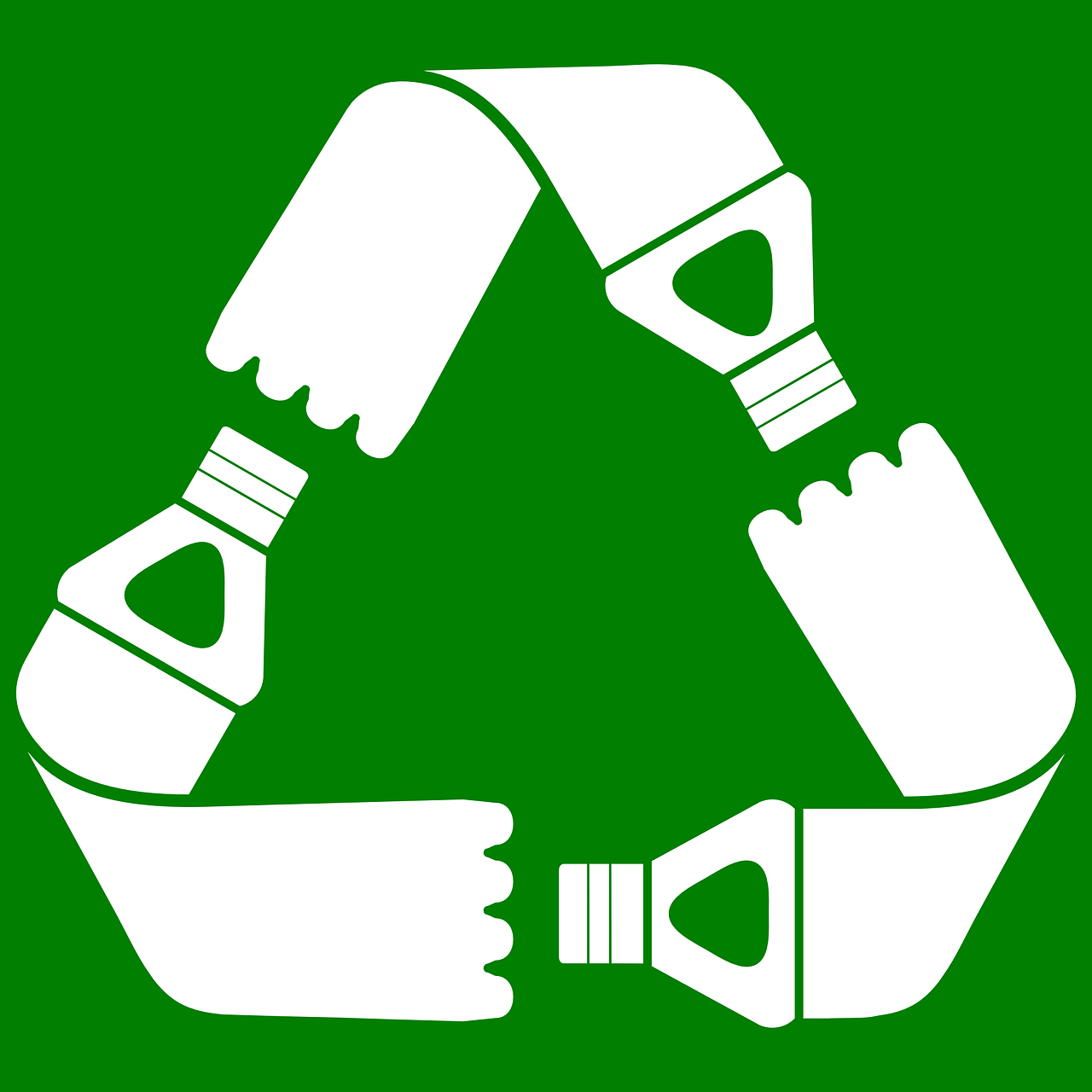App Now!


 Dec 03, 2020
Dec 03, 2020
PET Recycling – Towards a Circular Economy
The use of polyethylene terephthalate (PET) or plastic is found everywhere in our every-day life. An important and valuable material, plastic is critical for safe, hygienic, efficient and cheap distribution of products. Nevertheless, it is not sufficiently dealt with after the use and thrown away in the rivers and streams, which eventually ends up in the ocean. Using plastic responsibly helps not only for the sustainable development but also functionality of society.
Get to Know PET Plastic and its Features
PET or PETE, which is an abbreviation for polyethylene terephthalate, is a thermoplastic polymer that has its application in packaging, textile fibers, automotive parts, films and electronics. The most common clear plastic found anywhere is the water bottle.
Some key features of the PET plastic are:
Moving towards a Circular Economy
With a “take-make-dispose” plan, a linear economy leads to severe consequences of excessive pollution, resource scarcity and ultimately to ecosystem degradation.As a responsible human, we need to take a radical and prompt action while using plastic at every point. While having the responsibility, we also have the opportunity to hold its use within a circular economy in the given technological limitsand keep it away from the environment.
Here are a few essential steps for moving towards a circular economy:
The steps mentioned above can help promote the functional values of PET plastic; thus, moving towards a circular economy.
We, at Biocrux, are committed to saving nature by offering a 360-degree solution for waste management by reducing the volume of PET bottles through automatic plastic bottle crushing machines installed at various points of consumption, collecting and transporting them to the recycling plant and upcycling the plastic to create a new valuable product. With our plastic recycling commitments, we are driving change.
Total RVM Machines
Number of Bottles Recycled
CO2 Reduction
Landfill Reduction